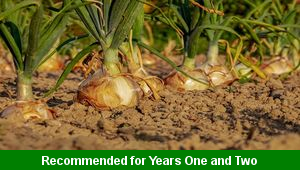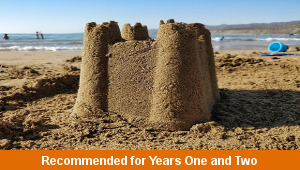Goldilocks and the Three Bears

This English reading teaching pack for Key Stage One gets the children to read and answer a range of comprehension questions to explore the structure and content of the traditional story about the character of Goldilocks.
The class can select alternative story events and suggest how they might change the sequence and structure of a story when recording what happened to Goldilocks in the narrative
Download this teaching pack including a shared reading text, activity worksheets and an interactive presentation to read and answer a range of comprehension questions to explore the structure and content of the traditional story about the character of Goldilocks
Activities in this teaching pack include a shared reading text to explore the sequence of events and characters in a traditional story and a differentiated set of worksheets to answer comprehension questions and complete sentences about the structure and content of a traditional story.
The interactive presentation gets the children to explore the format and content of a traditional story by identifying the sequence of events and their impact on the narrative.
This lesson is part of an English scheme of work to get the children to read and answer comprehension questions about the structure and format of a range of stories with traditional narrative sequences. There are teaching activities for shared learning, differentiated worksheets to support independent learning and interactive presentations to introduce concepts and key skills.
-

Sea Collage
Combine and shape a selection of different natural and art materials to produce artwork reflecting ideas and themes about the sea
-

Harvest
Explore and record how the autumn harvest is celebrated and marked in different communities around the world
-

Weather Database
Explore and record how to use computer databases to store, organise and interrogate data and information about what is happening in the weather
-

Seaside Sculpture
Select and use a range of different natural materials found on a beach to produce some model sculptures on the theme of the seaside
